A solar inverter’s job is simple: It converts the direct current, or DC, electricity generated by your solar panels into alternating current, or AC, electricity that your appliances can use.
In other words, a solar power inverter turns the energy your solar panels capture from the sun into energy that can power up your appliances with the sun.
Do I need a solar inverter?
Is a solar inverter good for a home? Yes. Without a solar power inverter, you won’t be able to use the electricity generated by your panels to power your house. In simple words, it works as a translator between your solar panels and your house, converting DC to AC.
What is the working principle of solar inverter?
Harvesting energy directly from the ball of fire involves a few technical steps before you can power up your 1.5-ton AC. Here’s how solar inverters work.
The sun shines down on your solar panels (or photovoltaic (PV) cells), which are made of semiconductor layers of crystalline silicon or gallium arsenide. These layers are a combo of both positive and negative layers, which are connected by a junction.
When the sun shines, the semiconductor layers absorb the light and send the energy to the PV cell. This energy runs around, and bumps electrons, and they move between the positive and negative layers, producing an electric current known as direct current (DC). Once this energy is produced, it is either stored in a battery for later use or sent directly to an inverter (this depends on the type of system you have).
When the energy gets sent to the inverter, it is in DC format, but your home requires AC. The inverter grabs the energy and runs it through a transformer, which then spits out an AC output.
Fundamentally, an inverter accomplishes the DC-to-AC conversion by switching the direction of a DC input back and forth very rapidly. As a result, a DC input becomes an AC output.
In addition, filters and other electronics can be used to produce a voltage that varies as a clean, repeating sine wave that can be injected into the power grid.
The sine wave is a shape or pattern the voltage makes over time, and it’s the pattern of power that the grid can use without damaging electrical equipment, which is built to operate at certain frequencies and voltages.
The inverter ‘tricks’ the transformer into thinking that the DC is AC, by forcing it to act in a way like AC – the inverter runs the DC through two or more transistors that turn on and off super-fast and feed two varying sides of the transformer.
They also optimize the power output of the solar panels, synchronize the AC power with the electrical grid, and incorporate safety features to protect the system and ensure efficient operation.
Why is it called an inverter?
Early household electric appliances ran on DC instead of AC. Earlier power generators were producing more efficient AC than DC. A converter was necessary to change the AC power from the power plant to usable DC energy.
Later, appliances switched from using DC to AC by inverting the wire connections on a converter. Hence, an inverter.
The main advantage of AC is its capacity to be transported over long distances with minimal energy loss (the wire will not overheat). Therefore, it reduces the size of the wires and the cost of energy transmission.
How do home solar power systems work?
Solar photovoltaic (PV) panels are made from silicon cells that join together to form a circuit. The panel collects the sun’s energy and makes direct current (DC) electricity. An inverter changes the DC electricity into alternating current (AC) electricity, which is what most homes use. The inverter is a metal box connected to a meter, which in turn is connected to the utility’s electric grid.
How to choose the best solar inverter for your home in Pakistan
Choosing the best power inverter for a house involves finding a certified company with the right qualifications with a track record in the area.
Try to find an installer who has experience working with the type of roof that you have and the type of installation you’re looking for. Look at their track record and how many solar projects they have installed.
A reputable solar installer will conduct a roof inspection beforehand and an energy audit to find out what type of solar setup is ideal for your home.
You’ll want to know what the process is like if something goes wrong and who to contact. In case the person installing the PV system doesn’t have answers for those types of questions, that is a red flag.
Here are other factors to Consider before Buying the Best Solar Inverter for Home in Pakistan
- Estimate home power prerequisites
You must calculate your home power requirements. We suggest you go for an inverter that features a bit higher capacity than your calculated measurements.
- Check the Inverter Wattage Rating
Suppose your requirements are 1500 watts, you should select the inverter that wouldn’t exceed this limit. If you intend to operate heavy electrical equipment, you need to size your DC to AC inverter accordingly.
As a general rule of thumb, you’ll want to match your solar panel wattage. So if you have a 3000-watt solar panel system, you’ll need at least a 3000-watt inverter.
- Go for Pure Sinewave Inverters
You’ll find two variants of waveforms in any inverter, namely, pure sine wave and modified sine wave inverter. It’s always a safe bet to go for a pure sine wave inverter.
They are highly efficient, stable, and high-frequency technology, suitable for all kinds of loads (microwave, fridge, or heater) without any harm.
Pure sine wave inverters have the highest conversion efficiency and the lowest loss, but they have higher technical requirements and costs than modified sine wave inverters.
If you’ve more inductive loads such as a fan or washing machine, you may feature a modified output. But, you’ll get brassy noise along with distorted waveforms. Thus, we recommend a pure sine wave inverter for your PV systems.
What is the right size inverter for your home?
How many watts should my solar inverter be? The best way to choose the right size inverter is to calculate the total wattage of your home’s devices.
Create a list of all the electrical appliances and identify their respective wattage. Then, sum them together to work out their total wattage.
For each device, multiply the wattage by the number of hours you use it each day to get the daily consumption in watt-hours.
For example,
What Size Inverter Do I Need? – How to Choose the Right Size Inverter
Top 7 Best Solar Inverter Brands in Pakistan in 2024
If you’re in the market for the best inverter in Pakistan, we recommend these 5 solar tried and tested inverters for efficient and reliable solar energy.
To score which solar inverter is best for home use, I read and compared dozens of inverter spec sheets, and spoke with industry experts to determine and understand what matters when selecting the best type of inverter for the home.
Here is a list of inverters best for solar in Pakistan:
- Inverex
- Growatt
- Solis
- Solarmax
- Huawei
- Tesla
- Crown
Solar Inverter Efficiency
Inverter efficiency is a measure of how efficient your inverter is at converting your solar panel’s DC electricity into AC electricity to power your home.
The higher your inverter’s efficiency, the less electricity you lose over time. An inverter’s efficiency will never be 100%. This is because some energy is lost to heat or is used by the inverter during the conversion process.
Choosing the right type of inverter has a lot to do with inverter efficiency. We’ll discuss in detail about different types of inverters and why they matter. Before that, we need to understand one more thing: Peak efficiency and weighted efficiency.
Peak efficiency gives you the efficiency of the inverter when it’s running optimally. It’s good to know what the best-case scenario is, but it’s also worth noting that it won’t always be hitting that level. Some days it might only reach peak efficiency for an hour or two, or maybe not at all.
Weighted efficiency takes into account the different factors affecting your inverter’s performance, including the temperature and solar irradiance levels that fluctuate throughout the day.
Weighted efficiency takes into account the changing environmental conditions to which the inverter is exposed throughout the day and over the year. It is calculated by measuring the inverter efficiency at various power loads.
Weighted efficiency figures in the variables like DC input levels. This gives a more accurate gauge as sunshine, temperature, and other environmental elements affect inverter efficiency throughout the day.
Since it takes into account different load factors at different voltages, it gives you a more accurate representation of how efficient your inverter is going to be on an average sunny day.
The actual efficiency of your inverter is going to be some sort of weighted efficiency based on how much power is going into it at different times and different efficiencies.
Types of solar inverters and why it matters
Now you know what a solar inverter is and how it works, it’s time to look at the different types of inverters. There are different kinds of solar inverters, all with varying benefits: Picking the right type of inverter setup should be a no-brainer.
When it comes to home solar installation, homeowners have three types of solar inverters to consider: string inverters, string inverters with DC power optimizers, and microinverters. Each inverter setup comes with upsides and downsides. Here’s what you should know.
String inverters
String Inverters connect a set of solar panels also called a string, to a singular inverter. The inverter will convert the DC electricity from every solar panel connected to that string. This inverter is often installed close to the main electrical box of your home.
Maybe your house has a slanted roof or maybe there are trees around that shade it for part of the day, it jeopardizes the performance and efficiency of all the other panels on that string.
To prevent this, many homeowners will choose to install DC power optimizers with their string inverters. DC power optimizers are installed on each panel individually and take into account the performance of each panel in the string separately. This means that if one panel is shaded or shut down, all the other panels will still perform normally. DC power optimizers are recommended if your roof is partially shaded or not at the best angle for catching sunlight.
Microinverters
Instead of one large inverter box that connects to multiple solar panels, a microinverter is, well, a “micro” inverter that gets installed to the back of each individual solar panel in the array. Each panel then operates independently.
They minimize shade losses and work best on roofs that might not be an optimal angle for solar. Microinverters also allow for easier system expansion which means you add on more panels with microinverters. Whereas normally when you buy a system with the DC optimizers and the central string inverter, the inverter would be sort of sized to the system that you already have.”
One disadvantage is that each microinverter is mounted behind each module up on the roof of your house. And when one stops working, you’re going to have to send someone up on the roof of your house to repair and replace.
Types of Solar Inverters Based on Application
Your solar inverter needs to be compatible with your solar panel system. There are Off-grid inverters that require different setups while on-grid has its requirements. Most solar inverters in your home will fall into one of these three categories.
- On-grid or Grid-Tied Inverters (NET METERING)
Grid-tied solar inverters are connected to the electricity grid and do not use a battery bank. They are capable of pulling power from the grid as well as feeding power to the grid. However, if the power grid ever goes down, a grid-tied inverter will automatically shut off too, which leaves you prone to power outages even with solar panels.
These “grid-tied” systems tend to be lower in cost because they don’t use batteries.
- Hybrid inverter
A hybrid inverter combines solar power with batteries into a single unit, designed to offer an on-grid and off-grid power solution. You can still install a hybrid solar inverter without a battery.
It works best where there are frequent disconnections and power outages (Load-Shedding). They can draw power from the grid during peak consumption times and feed excess energy back into the grid, earning homeowners credits or monetary benefits. This fosters a dynamic energy ecosystem where users become both consumers and producers of electricity.
- Off-grid inverter
These draw power from solar batteries to operate and to keep the power on during the day and at night. This type of inverter cannot be connected to the grid and should only be installed if you have plans to live completely disconnected from the power grid. You’ll likely also need multiple batteries to truly live free from the power grid.
So, you now know which brand is best for solar inverters in Pakistan. The only thing you must pay attention to is the right inverter size for your home. The calculations are not complex,

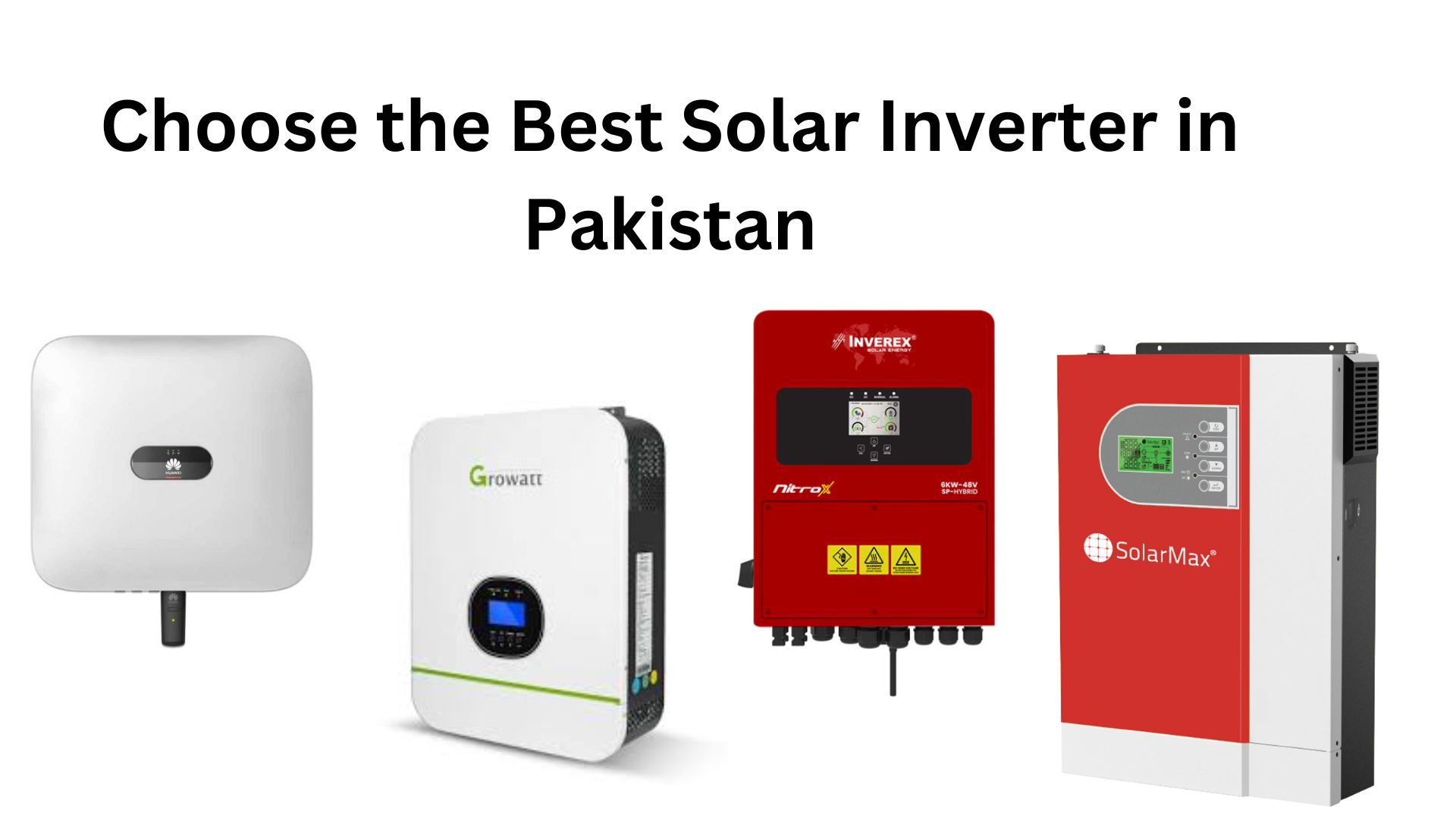
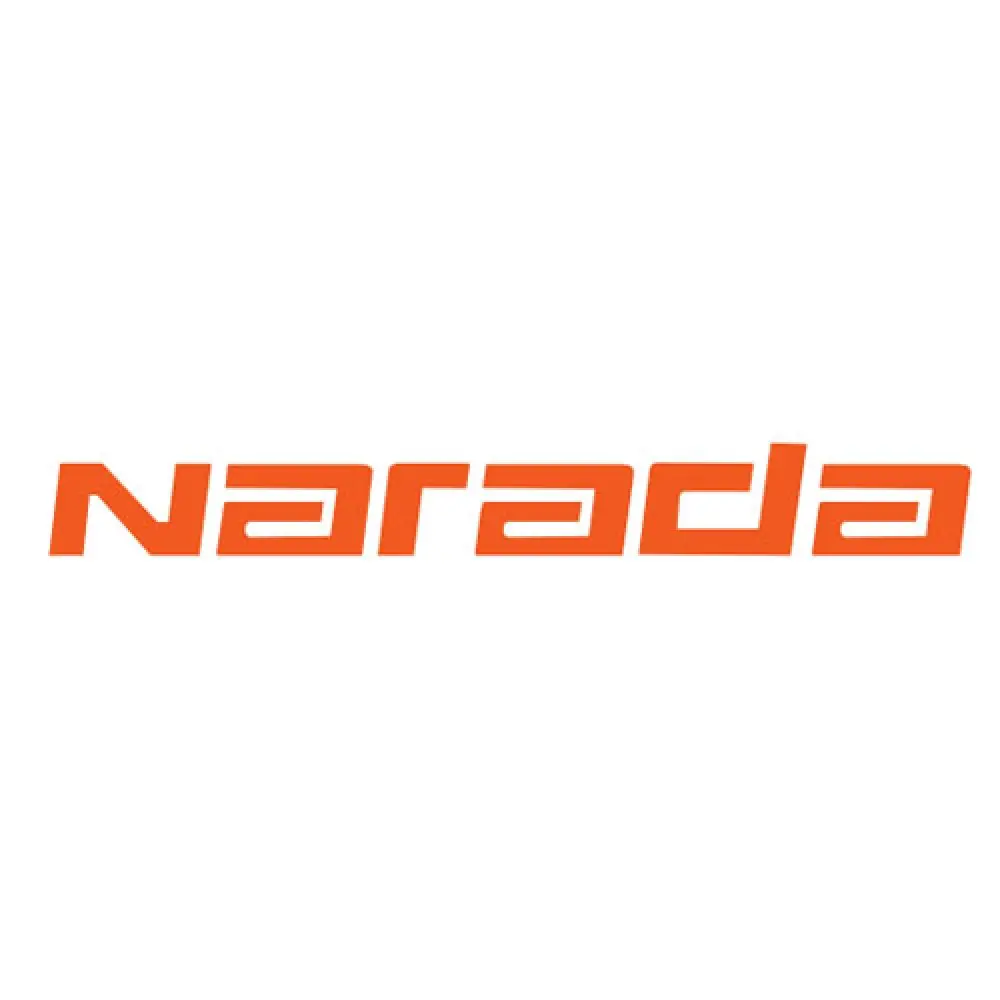
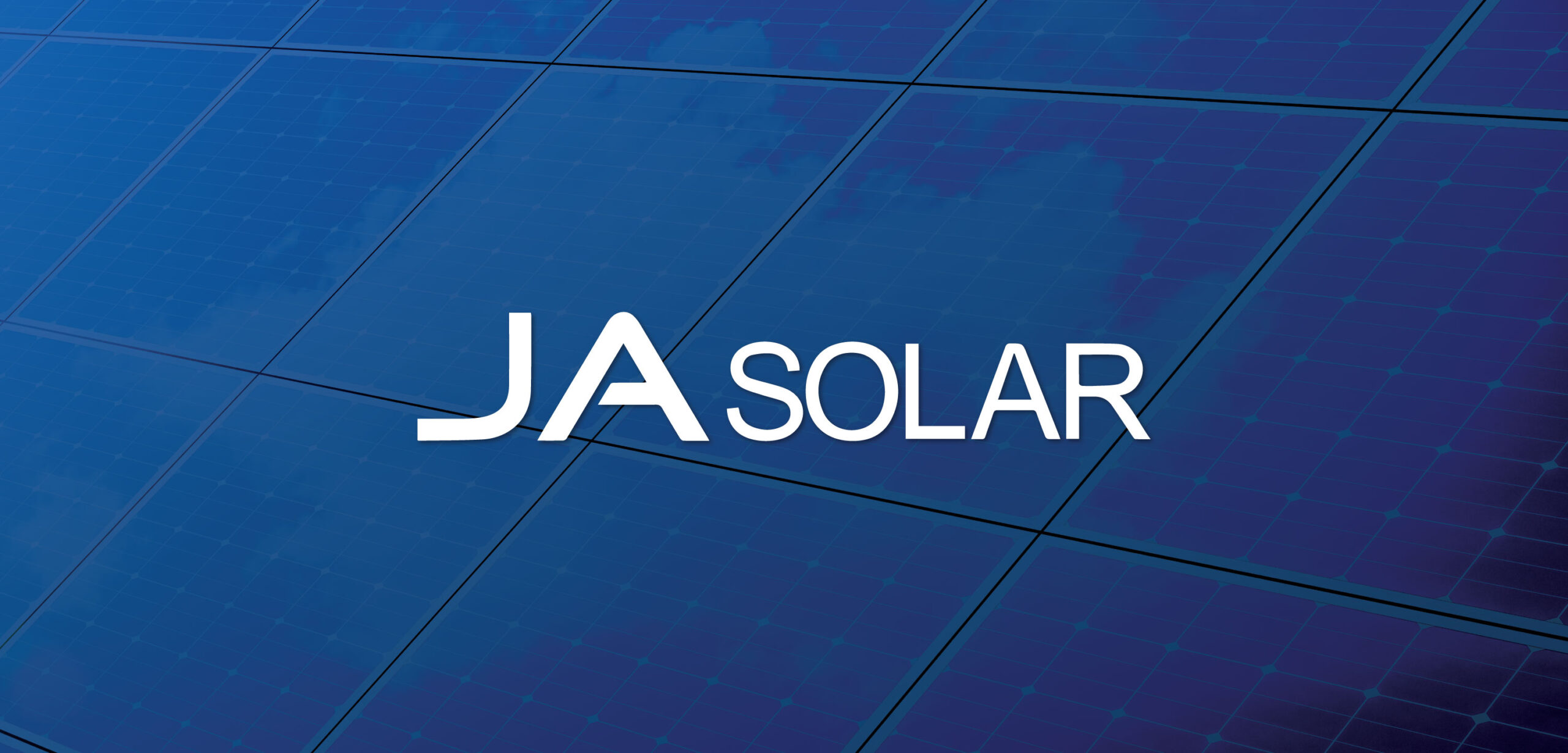
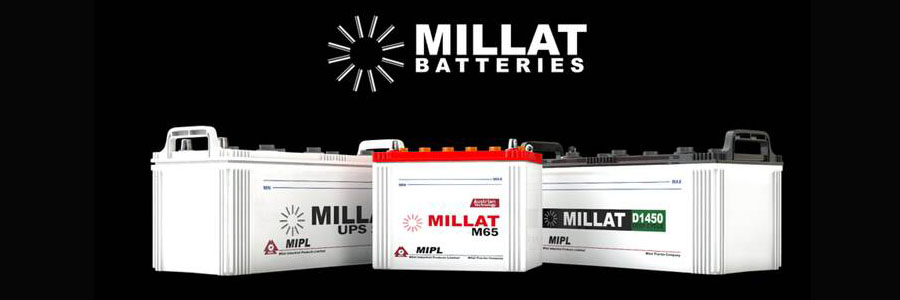
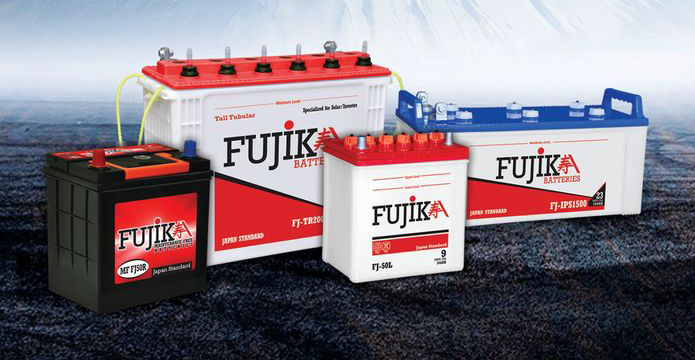
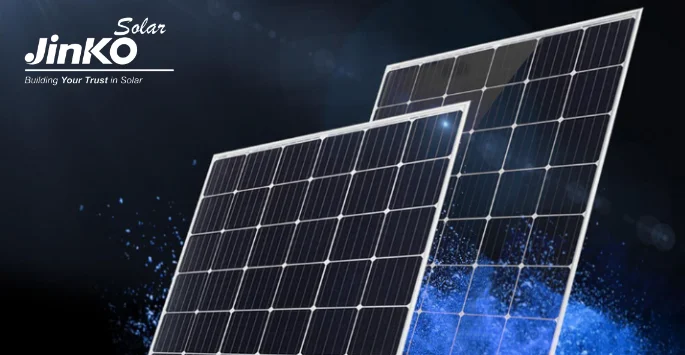
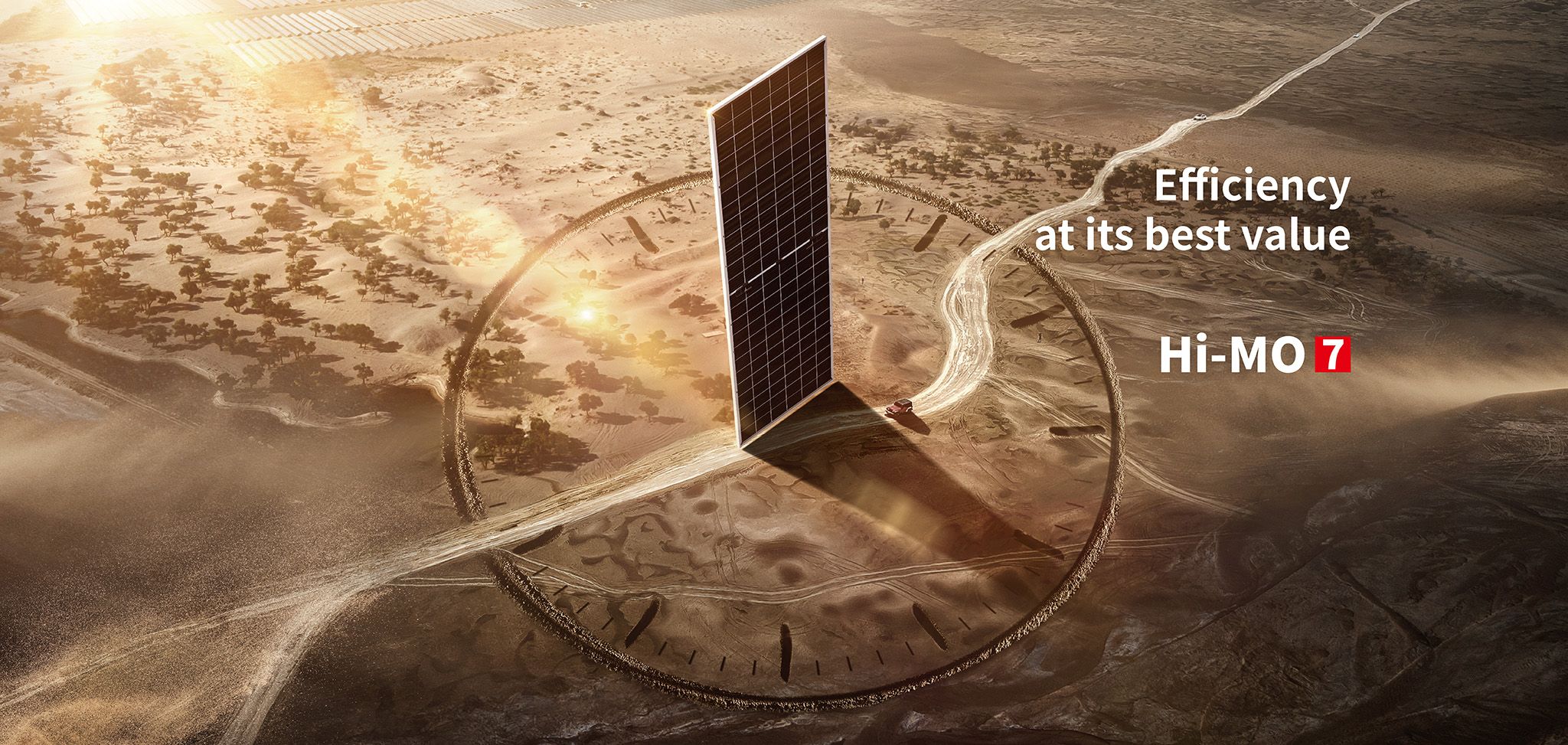
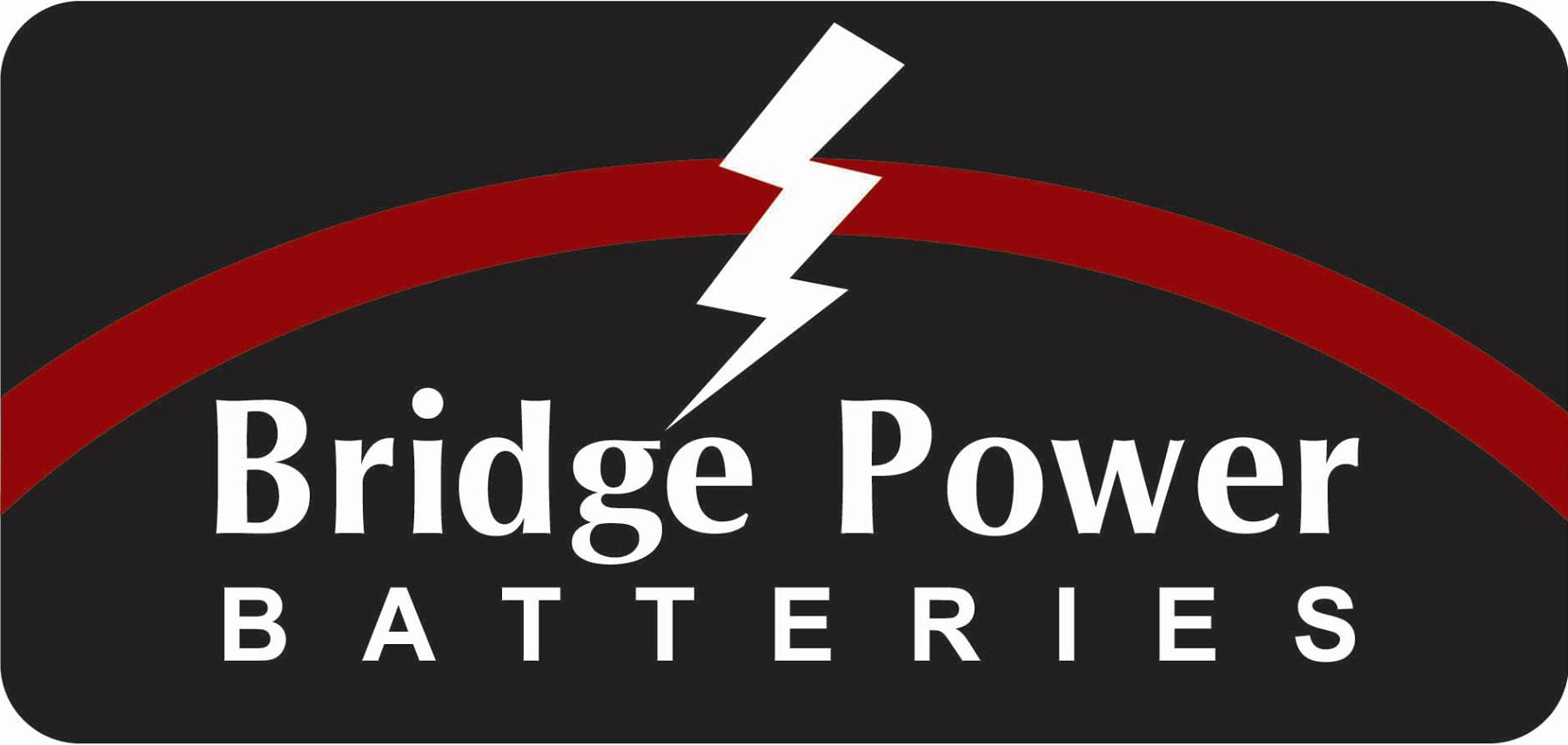
![Sumec Phono Solar Panel Price in Pakistan Today [dt] [monthyear]](https://solarpanelprices.pk/wp-content/uploads/2024/04/Phono-Solar-Panel-Price-300x158.jpg)
Hi, can I get more information about full solar system
My WhatsApp
+97338117287